There are something like a gazillion different types of bird beaks out there. Even with this second offering, we’re only skimming the surface. Enjoy!
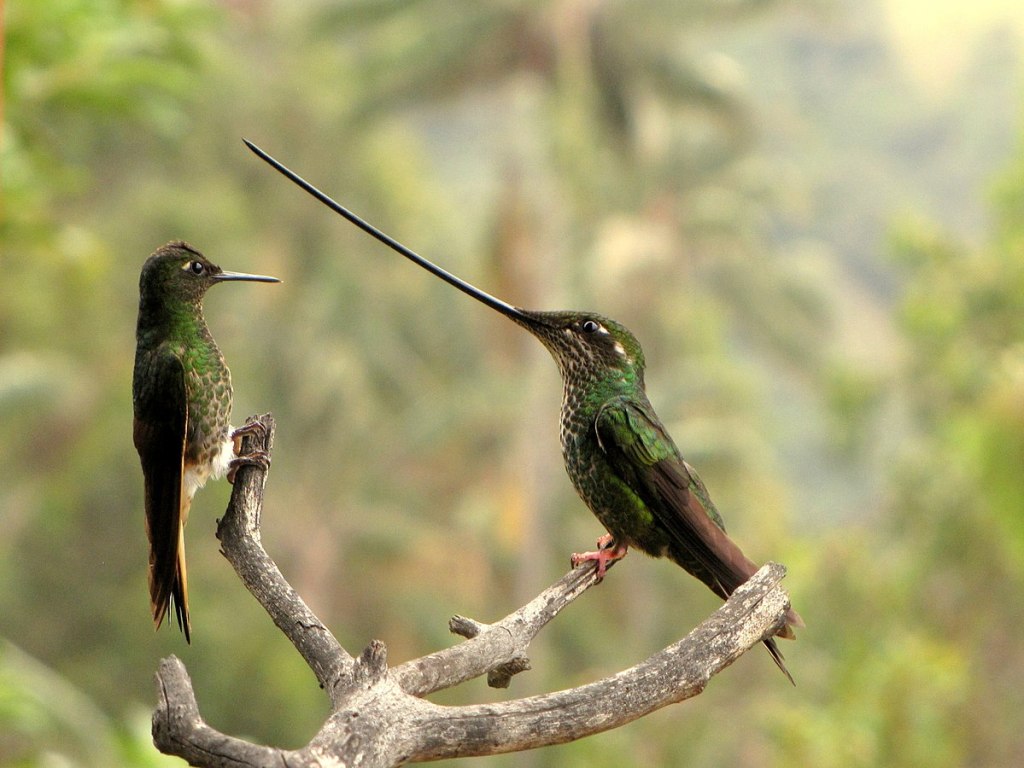
Relative to their bodies, sword-billed hummingbirds have the longest beaks. They live in the Andes. Why such long beaks? To get the sweetest nectar, of course. They apparently co-evolved with a particular passionflower that has a very long corolla. This means the sword-billed hummingbirds are the only species that can pollinate this plant, but the passionflower rewards them with delicious nectar. Note the female has a longer beak than the male.
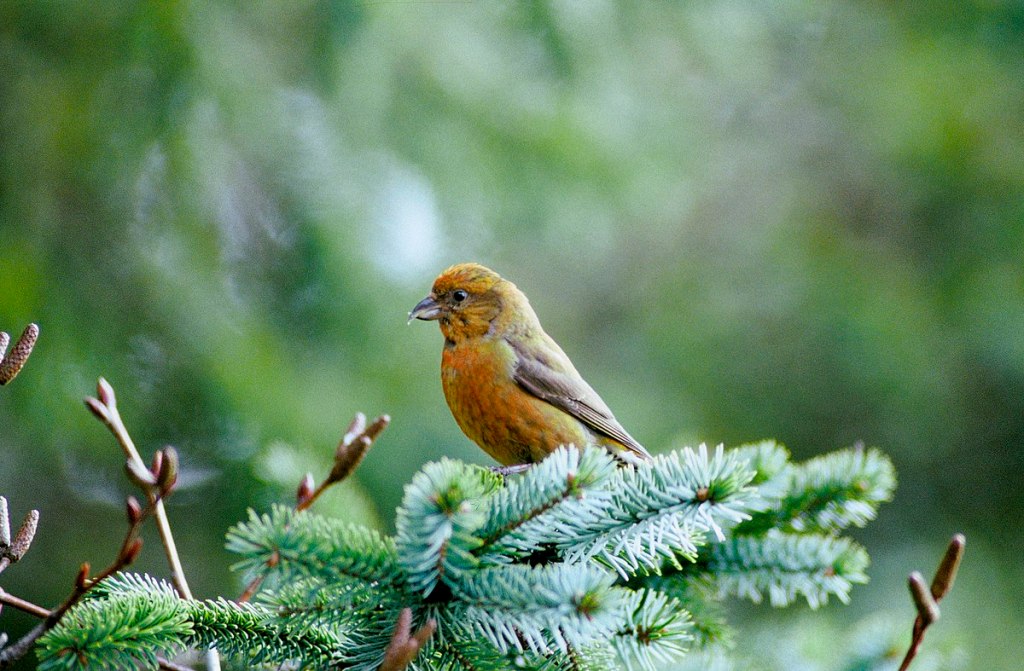
Another set of birds with specialized beaks for specialized diets are the crossbills, whose beaks, as can be seen above, cross. Why have an upper and lower beak that crosses? In order to get seeds out of pine cones. In fact, the beaks of the crossbills vary according to the different pines. The red crossbill breeds very early, in order to take advantage of the greater supply of seeds when the pine cones are available.
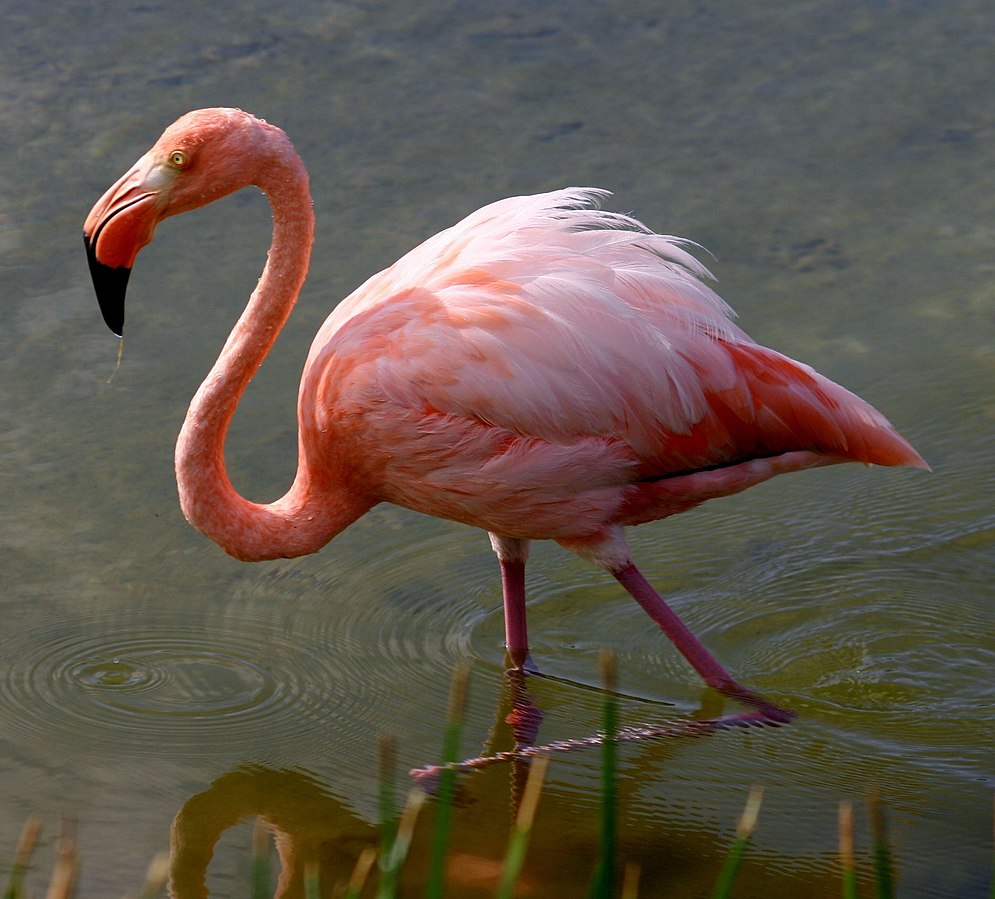
Flamingos have beaks that you cannot ignore, coming in two colors (black and pink above), large and shaped kind of weird. They use these beaks to eat, pushing them upside down into the mud, and then filtering the mud and silt from their food: blue-green algae, but also brine shrimp, insects and insect larvae, crustaceans, and whatever else happens to be down in the mud. They filter their food by pushing out the water and mud with their large tongues (a kind of gross idea for us humans) with the assistance of “lamellae,” hairy structures that line the mandibles.
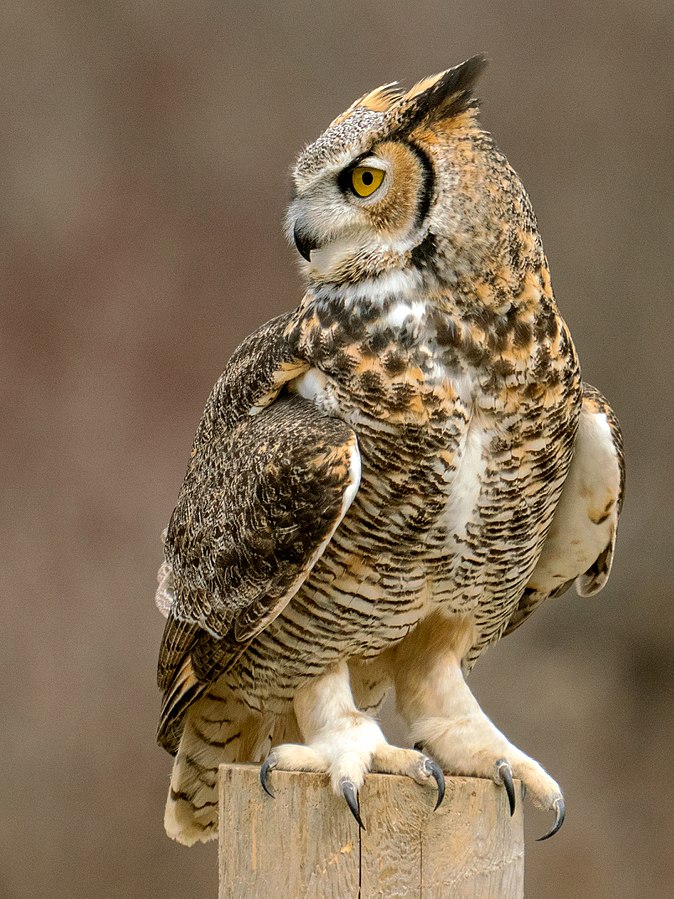
So far all of the beaks have been especially impressive or weird. I thought it was time to show a more ordinary beak from another species. The great horned owl is known for many cool things. They have amazing necks, allowing them to turn 270 degrees. Like many other owls, their wings and their feathers are designed so their flights are virtually silent. The picture above shows its powerful talons. Great horned owls use these talons to kill their prey, and not, at least usually, their relatively little beaks. They tend to swallow prey whole and then regurgitate the bones in the form of owl pellets. However, the curve of the beak does help them rip open the flesh of their prey when they’re not swallowing it whole.

Canada geese, which eat a lot of grass and grain, have some interesting qualities to their beaks – they’re serrated. This has got to make getting that grass much easier – they don’t just pull — imagine how tired their necks would get – they slice through, as if they were using a saw or a serrated scythe. Even more interesting: apparently the tongues are serrated too! I’m beginning to think that I should dedicate a couple of these entries to various bird tongues, but it would be a challenge to find photos to accompany them.

Above we see a common kingfisher – about the size of a house sparrow – using its beak to fish. Although some water birds stab with their sharp and pointy beaks, this kingfisher seems to be using its beak like a set of quick and lethal chopsticks, plucking an unlucky little fish out of the water (in this case, near the River Po in Italy). If you think that would be a skill that would be difficult to master, even if you were a common kingfisher and your life depended on it, you would be right. About half of the common kingfishers don’t master this skill and they die shortly after leaving home, either through drowning or starvation. However, the common kingfisher is still common enough; they have a “least concern” rating with respect to their conservation status.
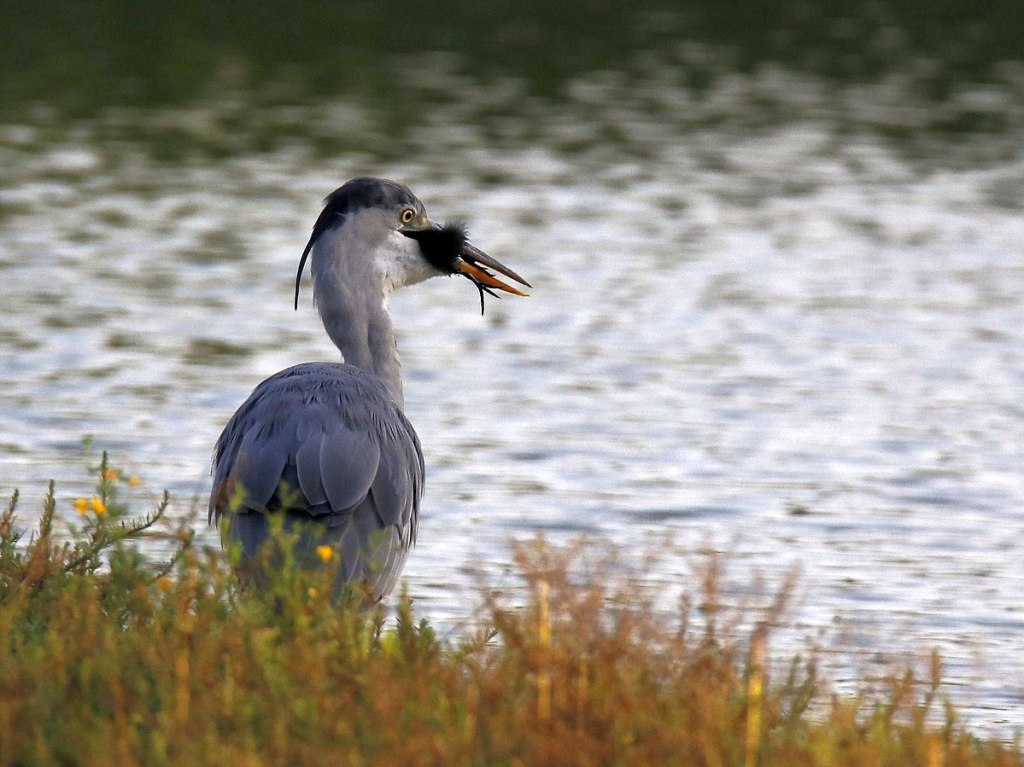
Kingfishers are tiny (16 cm, or 6.5 inches). Gray herons are huge, about a meter (~3 feet) tall. But they often frequent the same place (at least I have seen them near each other). Gray herons use their beaks for fishing as well. They may stab the fish. Or they may grab the fish, and then slam it on a rock until it is dead. They use their beaks for more than fish: small mammals – I often see them in fields – and in the picture above, it’s got a young common moorhen. Sometimes they use their beaks to break their prey into pieces, because it can be too large to swallow whole.
It’s no surprise that the main purpose of beaks is getting food, because the beaks are the window to the throat and stomach. Hence many of them have evolved to serve that purpose. But those beaks get used a lot of other ways. Many use them, along with their talons, when building nests – either carrying material or arranging it – or to scratch an itch or to preen feathers.
7 examples to give you a pleasant break in your day! Thanks for being here.
From the first book in the Crow Nickel series: She was the Great Mother Bird of all of us. She knew that her large, beautiful land, her home, was breaking apart and that the new smaller lands could be very different from the place she called home. In her wisdom she let her many chicks — she thought of them as chicks, even though many were grown — come to her in breeding pairs, to choose which gifts they wanted in order to survive. Hunters of the Feather, by Victoria Grossack